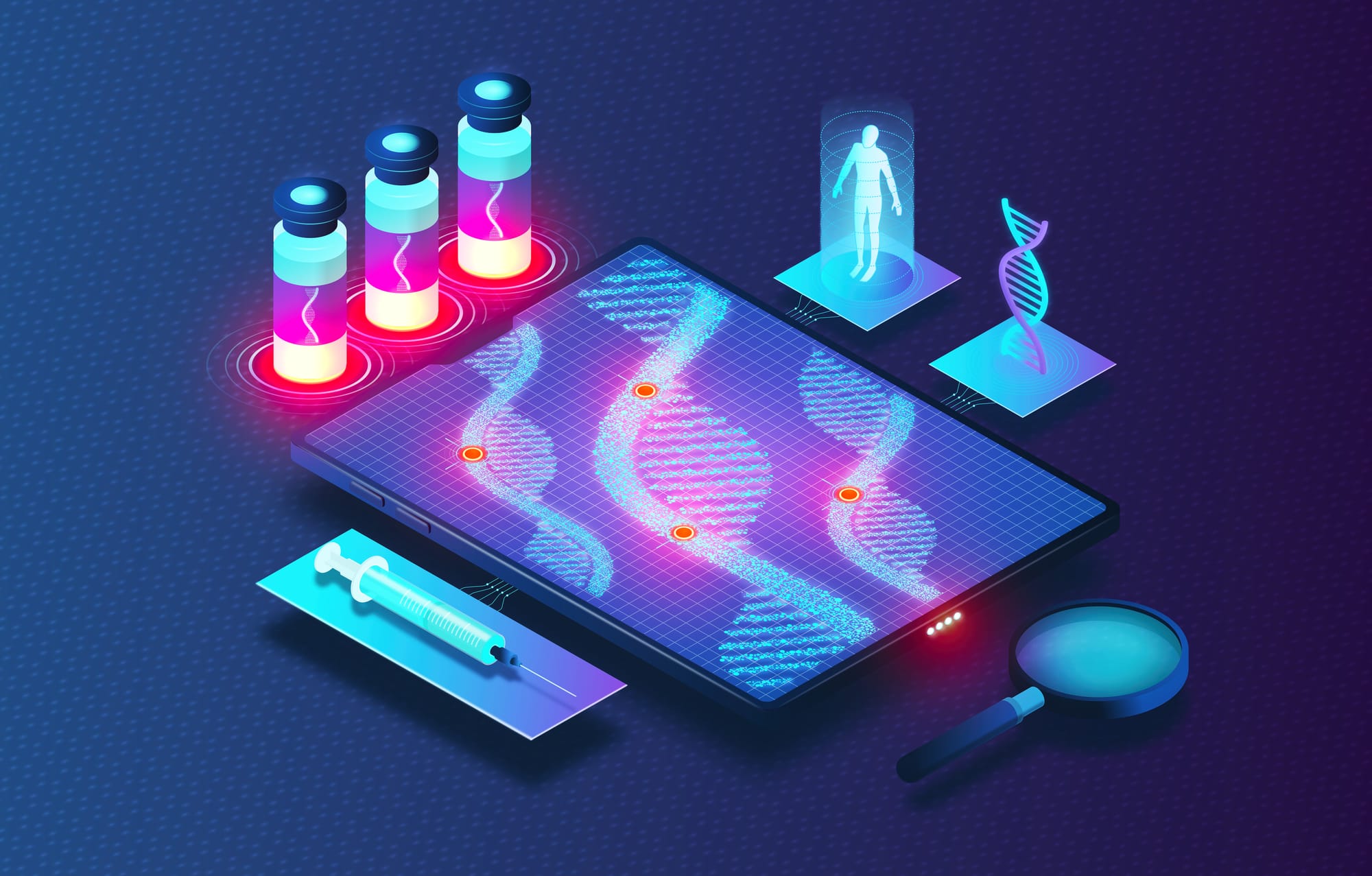2–3 Qubit Systems in Drug and Chemistry Research

While full-scale quantum computers powerful enough to revolutionise drug discovery and complex chemical research remain on the horizon, small-scale quantum devices—those with just two or three qubits—are already offering intriguing proof-of-concept breakthroughs. For companies focused on next-generation pharmaceuticals and chemical processes, these early experiments lay a groundwork for both practical learning and patentable advancements.

1. From Molecules to Medicines: Why Start Small?
Although a 2–3 qubit machine won’t map every interaction in a complex protein or large molecule, it can accurately model fundamental chemical bonds and reactions in simpler molecules such as H2 and LiH. These smaller systems serve as a precise and controllable environment for developing the techniques, algorithms, and error-mitigation strategies that will eventually underpin larger-scale quantum simulations relevant to drug design. 2. Foundational Studies and Proof-of-Concept Experiments
- Scalable Quantum Simulation of Molecular Energies
- Reference: O’Malley, P. J. J., et al. (2016). Physical Review X, 6(3), 031007.
- Key Takeaway: Demonstrated quantum simulation of small molecules like hydrogen. This work shows how early hardware constraints can still be used for accurate chemical-energy calculations—an essential step in basic drug development research.
- Hardware-Efficient Variational Quantum Eigensolver
- Reference: Kandala, A., et al. (2017). Nature, 549, 242–246.
- Key Takeaway: Introduced a method (VQE) optimised for near-term devices, focusing on small molecules (hydrogen, lithium hydride, beryllium hydride). VQE is at the heart of many quantum chemistry simulations and is particularly adaptable to the limited qubits of early systems.
- Variational Eigenvalue Solver on a Photonic Quantum Processor
- Reference: Peruzzo, A., et al. (2014). Nature Communications, 5, 4213.
- Key Takeaway: One of the earliest demonstrations of a photonic quantum processor for molecular ground-state energy calculations. Even though the approach used photonic qubits, the underlying methods can be applied to other small-scale quantum platforms.
3. Bridging the Gap Toward Real Drug Discovery
- Ground-State Energy of Water on a Trapped-Ion Quantum Computer
- Reference: Nam, Y., Chen, J. S., et al. (2020). npj Quantum Information, 6, 33.
- Why It Matters: As molecules get bigger, even a single extra atom can drastically increase computational complexity. Studying water’s ground state on small devices reveals how to handle noise and scale up algorithms step by step—fundamentals for future drug design scenarios.
- Comprehensive Overviews of Quantum Chemistry Methods
- Reference:
- Why They Matter: These review articles detail how small-qubit experiments fit into the broader vision of quantum computational chemistry. They also discuss advanced algorithms like VQE and quantum phase estimation, providing a roadmap for eventually modelling larger biomolecules.
4. Industry Collaborations and Hands-On Tests
- IBM Quantum & Collaborators
IBM’s cloud-based quantum services have enabled researchers to run small-qubit experiments that focus on minimal molecular systems. This hands-on access is vital for researchers and businesses seeking to refine existing algorithms—or develop entirely new ones—focused on chemical discovery. - Microsoft Azure Quantum & Partners
Through Azure Quantum, developers can implement and test their chemical simulation code on real small-scale quantum hardware. Early prototypes of drug-screening algorithms often use just a few qubits to establish proof of concept, then scale up later. - Industry Collaborations and Hands-On Tests with SpinQ Quantum Computers
SpinQ quantum computers offer a unique avenue for research IP companies to experiment with quantum chemistry solutions on smaller, more accessible hardware. By blending portability with robust functionality, these systems allow chemists and algorithm developers to rapidly test out theories and fine-tune quantum simulations without waiting in long queues for cloud-based platforms. Researchers can trial new methods—such as variational eigensolvers—on actual qubits, gaining immediate feedback on performance and error rates. The straightforward setup and educational interfaces also make it easier to train multidisciplinary teams, fostering a culture of collaboration among chemists, computer scientists, and industry partners. In short, SpinQ’s user-friendly approach to small-scale quantum hardware opens the door to practical, hands-on advancements in molecular modelling and the broader field of drug discovery.
5. Why Early Adoption Matters for IP-Focused Teams
- Building Foundational Expertise
Working with 2–3 qubit systems now ensures your team understands quantum workflows, error mitigation, and data interpretation before hardware capacity leaps forward. - Patentable Algorithms and Methods
Even small-scale demonstrations can yield novel approaches to molecular simulation, drug–target modelling, or synthetic route optimisation. Developing proprietary algorithms at this stage can secure valuable IP rights. - Attracting Talent and Partners
Showcasing your capabilities in quantum chemistry research sends a powerful message to collaborators, investors, and top-tier research talent: you’re on the frontier of computational science and ready to capitalise on future breakthroughs.
Conclusion
For a research IP company looking to develop new drugs and chemical solutions, even a 2–3 qubit quantum system can be a potent proving ground. Recent studies confirm that minimal hardware setups still provide actionable insights into chemical interactions, paving the way to advanced simulations for larger, more complex molecules. By engaging early with small-scale quantum devices, you set the stage for future innovations in drug discovery—while potentially securing competitive and IP advantages before the quantum revolution fully arrives.